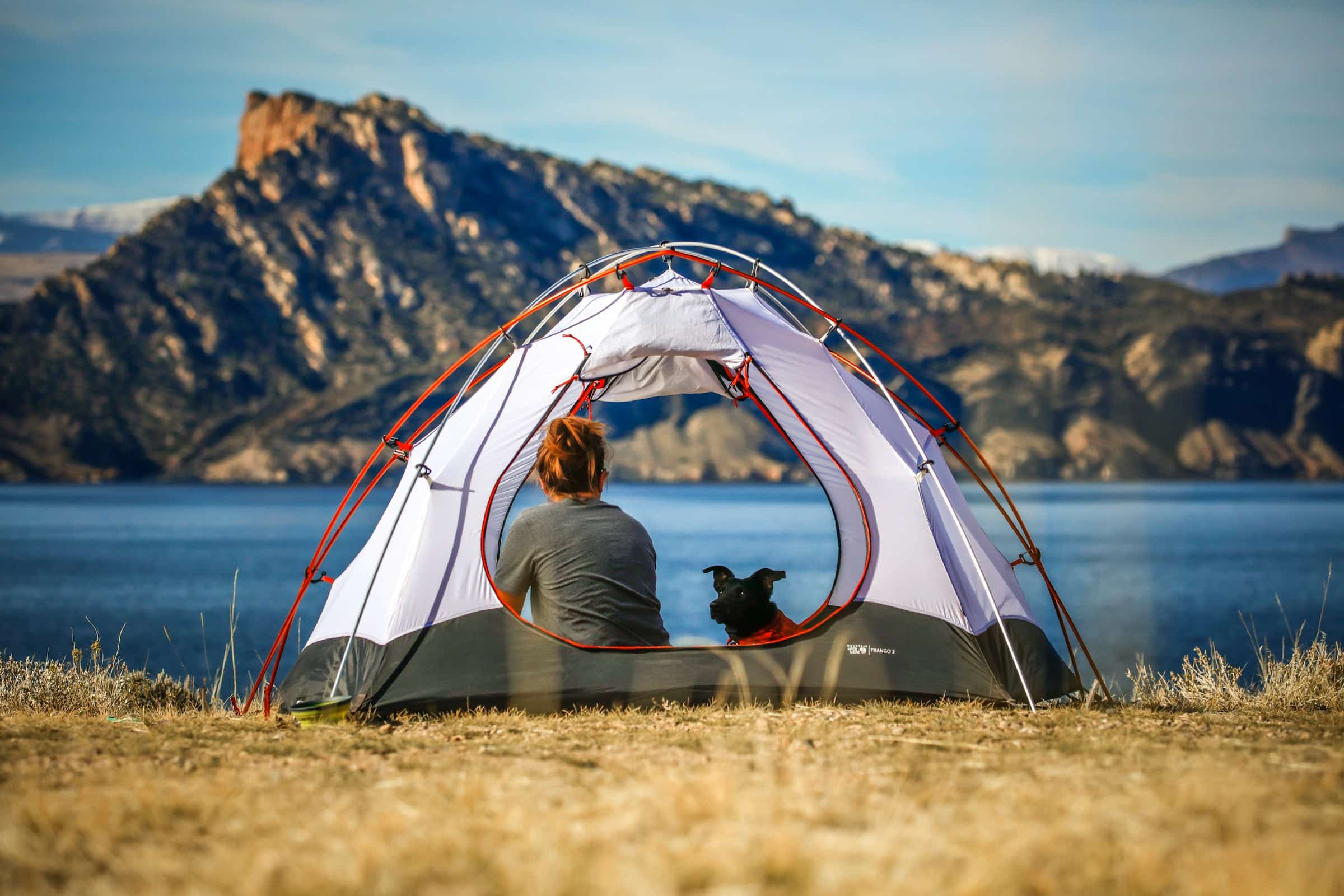What are the best ways to practice Leave No Trace camping in the UK?

Wild camping is an exhilarating experience, offering a feeling of absolute freedom and connection with nature that most people yearn for. However, this activity warrants a strong sense of responsibility. As enthusiasts of the great outdoors, it is our duty to ensure that the beautiful landscapes we enjoy remain unspoiled for future generations. That's where the concept of 'Leave No Trace' camping comes into play. This approach encourages people to minimize their environmental impact while camping in the wild. In this piece, we will delve into the various ways to practice Leave No Trace camping in the UK, focusing on aspects such as setting up camp, the use of water and fire, and more.
Finding the Perfect Camping Spot
Choosing an ideal location to pitch your tent is the first step in your wild camping adventure. The choice of location can significantly influence the amount of impact you leave on the land. As a rule of thumb, you should aim to camp on durable surfaces that can withstand the traffic without causing significant damage. These may include established campsites, rock, dry grass, or snow.
Avez-vous vu cela : What are the popular amenities offered at UK campsites?
When in Scotland, wild camping is legal and widely accepted, given you follow the Outdoor Access Code. However, the rest of the UK is not as lenient. In England, Wales, and Northern Ireland, it is essential to seek the landowner's permission before camping. Avoid camping in enclosed fields, particularly those with crops or livestock.
While finding a good camping spot, remember to consider your safety and comfort for the night. The spot should be relatively flat, sheltered from wind and not too close to water bodies, as they tend to attract insects. Also, check for overhead hazards, such as weak tree branches that might pose a risk.
A voir aussi : How to secure your campsite from theft in busy UK camping areas?
Setting up Your Camp
Once you've found your ideal location, the next step is to set up your camp. This process needs to be handled with great care to ensure minimal damage to the environment.
Firstly, if you're camping in a group, don't cluster your tents together. Spread out to prevent unnecessary trampling of vegetation. If you're in a place with an established campsite, use the spaces provided. Remember, the goal is to leave the site looking as natural as possible after you leave.
When it comes to choosing a tent for wild camping, opt for something light, small, and of a natural colour. This will help you blend in with your surroundings and minimize visual pollution.
In terms of belongings, pack only what you need, and avoid bringing disposable items. Invest in a quality sleeping bag suitable for the weather and compact cooking gear.
Managing Water Sources
Water is a critical resource in the wild, and it's important to treat it with respect. When sourcing water, avoid trampling the vegetation and disturbing wildlife. It's best to use a portable water filter or purification tablets to treat the water before consumption.
When cleaning, don't use soaps or detergents, even if they are biodegradable. They can still impact the water's chemistry and harm the aquatic life. Instead, try to clean with just water. For cooking, carry a small stove instead of relying on open fires, as they can consume a lot of firewood and leave a trace.
Remember, you should be at least 30 meters away from any water source when you're going to the toilet to avoid contamination. Bury human waste in a small hole, or better still, carry a portable camping toilet.
Fire Management
The best advice regarding campfires in the wild is simple: don't have them. They leave a lasting impact and can potentially lead to wildfires.
If you need to cook, use a camping stove. These are lightweight, efficient, and leave no trace. Ensure you have plenty of fuel for your stove as collecting firewood is not only damaging to the environment, it's also illegal in some protected areas.
If you must have a fire for emergencies, use established fire rings, keep the fire small, and burn only sticks from the ground that can be broken by hand. Put the fire out completely when you are done and scatter the cool ashes.
Packing Out What You Bring In
The central principle of Leave No Trace camping is simple: what you bring in, you must pack out. This rule applies to everything, including trash, leftover food, and human waste if you are in a location where burying it is not allowed.
When packing up, check the campsite thoroughly to ensure nothing gets left behind. After dismantling your tent, restore the campsite to its natural state as much as possible. This might involve smoothing over areas where the tent was pitched or where you've walked frequently.
Remember, the goal is for nobody to be able to tell that you've been camping there once you've left. Leave No Trace camping isn't just about preserving the environment; it's about respecting others' rights to enjoy a pristine wilderness experience.
Wildlife Conservation and Camping Ethics
Wildlife conservation is integral to Leave No Trace camping. When you venture into the wilderness, you are entering the natural habitat of many species. It is essential to respect the wildlife in these areas and avoid disturbing their natural behaviours.
When selecting a camping spot, be aware of the wildlife present in the area. Try to set up your camp away from trails used by animals for feeding or watering. If you see signs of wildlife, such as droppings or tracks, find another location to pitch your tent.
Feeding wildlife during a camping trip not only disrupts their natural behaviour but can also pose a danger to campers. The animals may lose their fear of humans and can turn aggressive when their expected food source isn't available. Therefore, keep all food items securely stored away and never leave any food out overnight. In Scotland, particularly around Loch Lomond and the Trossachs National Park, there have been several instances where campers have had their food stolen by opportunistic animals!
When it comes to using a bivvy bag for a night under the stars, choose an area away from active wildlife trails. Never leave any trash, including toilet paper, as this can harm wildlife and tarnish the beauty of the environment for other campers.
Concluding Remarks
In essence, Leave No Trace camping is a commitment to preserving the integrity and beauty of the natural environment. It calls for a mindful, respectful approach to wild camping, ensuring activities do not cause harm or leave a lasting impact. This form of camping necessitates planning, preparation and consideration for the environment and the creatures living there.
From choosing the perfect camping spot, setting up your camp, managing water sources, and fire management to packing out what you bring in and respecting wildlife, every aspect of your camping trip should reflect your commitment to Leave No Trace principles. Whether you're camping in England, Wales, or Northern Ireland, or exploring the breathtaking wilderness of Scotland's national parks, it is your responsibility to ensure these beautiful landscapes remain unspoilt for future generations.
Remember, Leave No Trace isn't just about rules and regulations; it's about fostering a deeper connection with nature and developing a greater understanding and respect for the natural world. So, the next time you set off on your wild camping adventure, take nothing but photographs, leave nothing but footprints, and kill nothing but time.
